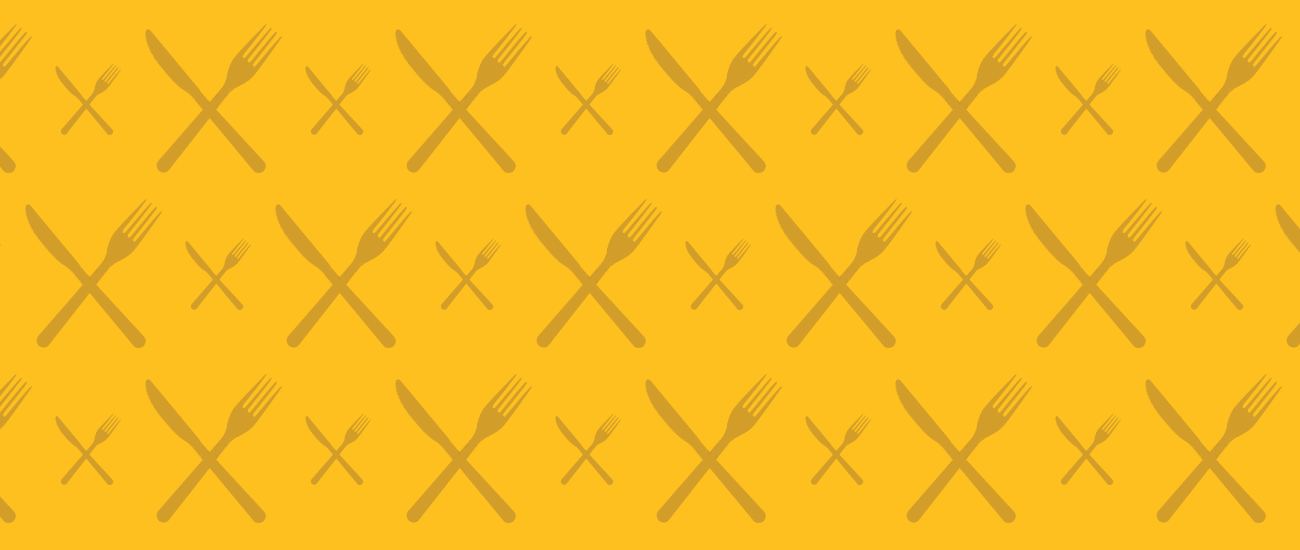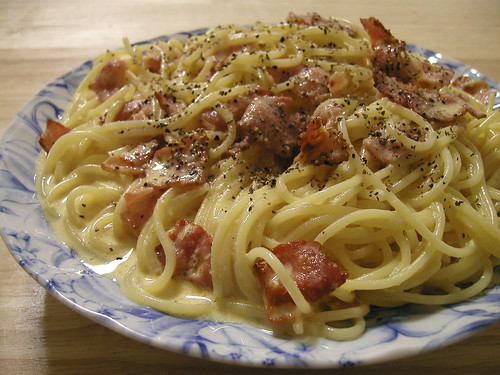A lot of rich and worthwhile discussion has taken place lately about what government could do to promote greener agriculture, healthier food, and small scale farming, most notably in the comprehensive NY Times article by Michael Pollan. Supporters have gone so far as to petition the Obama transition team to appoint Pollan secretary of agriculture (he demurred in a comment on Ethicuraean).
 Rather than push a dark horse, however, people interested in sustainable food and agriculture do have a real opportunity to support a significant appointment at the USDA. I'm speaking of Tufts University professor Kathleen Merrigan, who has been raised as a possible candidate for Undersecretary of Marketing and Regulatory Programs.
Rather than push a dark horse, however, people interested in sustainable food and agriculture do have a real opportunity to support a significant appointment at the USDA. I'm speaking of Tufts University professor Kathleen Merrigan, who has been raised as a possible candidate for Undersecretary of Marketing and Regulatory Programs.
Who is Merrigan and why should we care?
I first heard about Merrigan while working on Organic Inc., looking into the origins of the Organic Food and Production Act of 1990 and sustainable agriculture policy. She was mentioned repeatedly by people I talked to, because as a senate staffer for Sen. Patrick Leahy of Vermont, Merrigan had drafted the organic law. She then went on to work at the USDA's agricultural marketing service (AMS), which runs the organic program. Even before then, she was involved in sustainable agriculture policy and has been ever since -- in organics, conservation, food access, and small farm issues. While Pollan helped put these issues onto the national agenda, people like Merrigan have long been doing the wonky policy work.
Outside government, she has worked for the Henry A. Wallace Institute for Alternative Agriculture, served on a the Pew commission on biotechnology and has been active in the National Campaign for Sustainable Agriculture. She now heads the Agriculture, Food and Environment Program at Tufts School of Nutrition and Policy. As marketing and regulatory undersecretary, she would oversee AMS, GIPSA (Grain Inspection Packers and Stockyards Administration), and APHIS (Animal and Plant Health Inspection Service) - touching virtually every aspect of agriculture.
In short, this is a real shot for a major position at the USDA by someone who has pursued the change mantra in agriculture for nearly two decades. The political awareness Pollan has driven about agriculture could well sweep Merrigan into a position at the USDA -- and push a sustainable agenda ahead.
While we're on this topic, the Blog for Rural Affairs has an in-depth look at Tom Vilsack, who WaPo is calling a "near shoo-in" for Ag Secretary. It's well worth a read and not just for his view on organics and biotech.
- Samuel Fromartz




